Home>Storage Ideas>Kitchen Storage>Kitchen Feng Shui: 10 Ways To Use Its Principles In Design
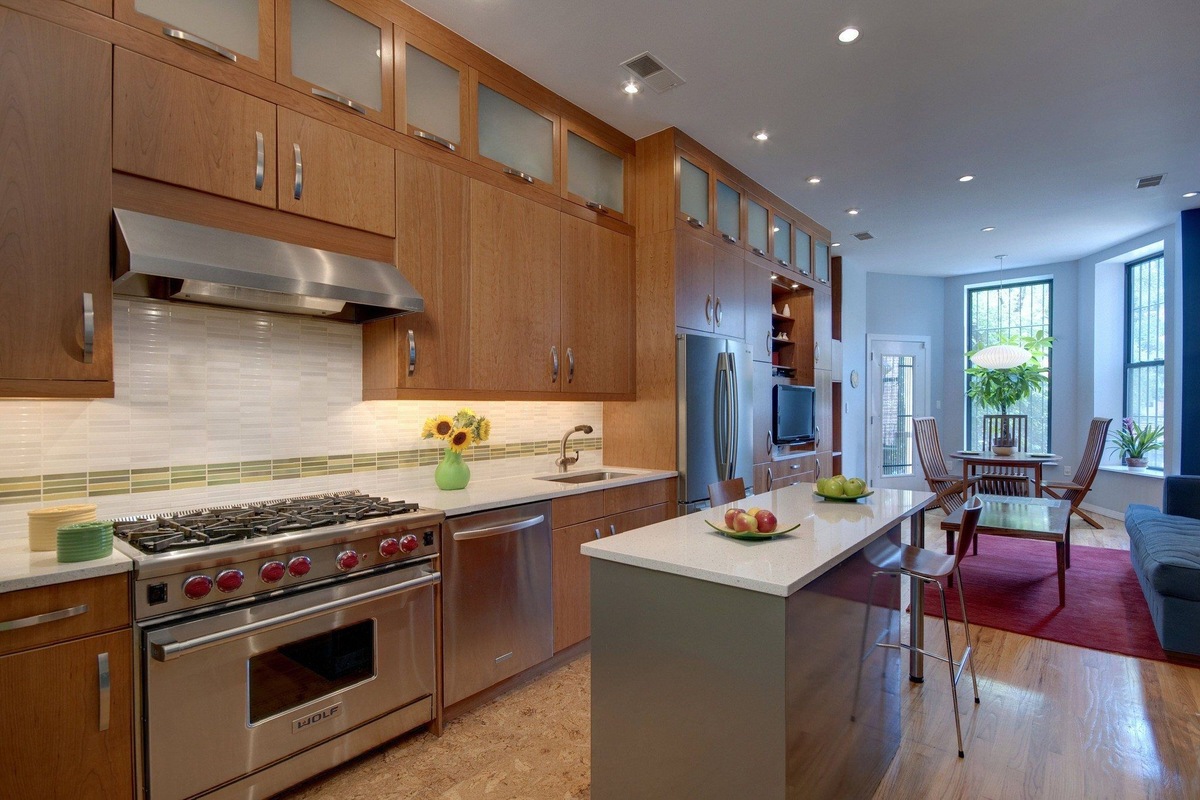

Kitchen Storage
Kitchen Feng Shui: 10 Ways To Use Its Principles In Design
Modified: January 19, 2024
Discover 10 effective kitchen storage ideas that incorporate the principles of Feng Shui in design, maximizing space and bringing harmony to your kitchen.
(Many of the links in this article redirect to a specific reviewed product. Your purchase of these products through affiliate links helps to generate commission for Storables.com, at no extra cost. Learn more)
Introduction
Welcome to the world of kitchen feng shui, where the principles of this ancient Chinese practice are applied to create a harmonious and balanced space. Feng shui is the art of arranging and organizing our surroundings to enhance the flow of energy, or “qi,” to promote health, prosperity, and well-being.
When it comes to kitchen design, incorporating feng shui principles can make a significant difference in the functionality, aesthetics, and overall energy of the space. By paying attention to the placement of appliances, the organization of utensils, the use of colors and lighting, and the incorporation of natural elements, you can transform your kitchen into a sanctuary that nourishes both body and soul.
Whether you’re remodeling your kitchen or simply looking to improve its energy flow, this article will guide you through ten essential ways to integrate feng shui into your kitchen design. So, let’s dive in and discover how you can create a kitchen space that not only looks stunning but also promotes positive energy.
Key Takeaways:
- Create a harmonious and efficient kitchen by positioning the stove strategically, organizing and decluttering, and incorporating natural elements, colors, and lighting to promote positive energy flow and well-being.
- Infuse your kitchen with personal touches, balanced design, and reflective surfaces to create a space that nourishes both body and spirit, embracing the principles of feng shui for a harmonious and uplifting environment.
Understanding Feng Shui in Kitchen Design
Feng shui emphasizes the concept of balance and harmony in our living spaces. When it comes to the kitchen, this means creating a space that supports the nourishment and well-being of those who use it. By following feng shui principles, you can optimize the flow of energy in your kitchen, making it a space that feels inviting, functional, and aligned with your intentions.
One of the fundamental principles of feng shui is the positioning of the stove, which is considered the heart of the kitchen. According to feng shui, the stove represents wealth and abundance, so it’s important to position it in a way that enhances these energies. Ideally, the stove should be placed where the cook can see the entrance to the kitchen, allowing them to have a sense of control and command over their cooking domain.
In addition to the stove, the placement of appliances plays a crucial role in feng shui kitchen design. It’s essential to have a clear, unobstructed path between different kitchen elements, such as the sink, refrigerator, and stove. This ensures a smooth flow of energy and makes it easier for you to move around the space without encountering unnecessary obstacles.
Another aspect to consider is the organization and decluttering of your kitchen. Clutter represents stagnant energy and can hinder the positive flow of qi. Keep your countertops clear of unnecessary items and organize your utensils and cookware in a way that is both functional and visually pleasing. This not only improves the energy of your kitchen but also enhances the overall efficiency of your cooking process.
Colors and finishes play a vital role in feng shui kitchen design as well. Choose colors that promote a sense of calmness and nourishment, such as earthy tones like soft browns, warm beiges, or gentle greens. Avoid using overly bright or intense colors, as they can create a chaotic and agitating environment.
Good lighting is essential in any kitchen, and it’s no different when it comes to feng shui design. Natural lighting is highly recommended, as it brings in positive energy and helps to illuminate the space. If natural light is limited, opt for warm, soft lighting fixtures that create a cozy and inviting atmosphere.
Incorporating natural elements, such as plants or herbs, can further enhance the feng shui energy in your kitchen. Plants bring life and vitality into the space and help to purify the air, creating a healthier and more harmonious environment. Select plants that are suitable for a kitchen setting, such as herbs that can be used in cooking or small potted plants that require minimal maintenance.
Creating a harmonious flow in your kitchen is another key aspect of feng shui design. Avoid placing sharp corners or protruding edges where you might bump into them while cooking or moving around. Instead, opt for rounded or curved edges, which promote a smoother flow of energy and create a sense of serenity in the space.
Balance is a fundamental principle in feng shui, and it applies to the kitchen as well. Balance the elements in your kitchen by incorporating all five elemental energies: wood, fire, earth, metal, and water. You can accomplish this by using different materials, colors, and textures that represent each element. For example, wooden cabinets and cutting boards represent the wood element, while metallic appliances or decor symbolize the metal element.
Lastly, adding personal touches and decorations to your kitchen can bring warmth and individuality to the space. Display meaningful artwork, family photos, or personal collections that evoke positive emotions and reflect your unique personality.
By understanding and implementing these feng shui principles in your kitchen design, you can create a space that not only looks beautiful but also supports a healthy and harmonious lifestyle.
Positioning of the Stove
In feng shui, the stove is considered the heart of the kitchen and represents wealth and abundance. Therefore, it is crucial to pay attention to its positioning to optimize the flow of energy and harness its positive influences.
First and foremost, the stove should ideally be placed in a commanding position, where the cook can see the entrance to the kitchen. This allows for a sense of control and authority over the cooking process. It also ensures that the cook can easily see anyone entering the kitchen, creating a sense of security and awareness.
Avoid positioning the stove directly opposite the kitchen entrance or in line with the main door, as this can create a direct flow of energy that might disrupt the balance in the space. Instead, place the stove along a side wall or an island countertop, allowing for a more harmonious flow of energy.
Additionally, maintaining a clear view of the door while cooking is believed to symbolize the cook’s ability to see opportunities and potential wealth coming into their life. It also allows for proper ventilation and keeps the cook from being caught off guard by unexpected surprises.
If your kitchen layout does not provide an ideal position for the stove, you can implement feng shui remedies such as using a mirror or reflective surface to provide a view of the kitchen entrance. This helps to create the illusion of a clear line of sight and enhances the positive energy flow.
Another important consideration is the distance between the stove and the sink or refrigerator, also known as the “fire triangle” in feng shui. These three elements, representing fire (stove), water (sink), and food (refrigerator), should be arranged in a way that allows for easy access and efficient flow of energy.
Keep in mind that balance and harmony are key when positioning your stove. Avoid placing it too close to a wall, as this can create a sense of restriction and stagnation. Incorporate enough space around the stove for movement and ventilation, allowing the energy to circulate freely.
By mindfully positioning your stove according to feng shui principles, you can create a kitchen space that not only supports your cooking endeavors but also attracts wealth and abundance into your life.
Placement of Appliances
When it comes to feng shui kitchen design, the placement of appliances is of utmost importance. Proper placement not only improves the functionality and efficiency of your kitchen but also enhances the flow of energy in the space.
One key principle in feng shui is having a clear and unobstructed path between different kitchen elements, such as the sink, refrigerator, and stove. This allows for a smooth flow of energy and makes it easier for you to move around the space without encountering unnecessary obstacles.
To ensure a harmonious energy flow, avoid placing the sink directly across from the stove. Water and fire are opposing elements in feng shui, and having them facing each other can create a conflicting energy dynamic. Instead, position the sink and stove in a way that creates a triangular layout, with the refrigerator forming the third point of the triangle.
Placing the refrigerator away from the stove and sink prevents the clash of energies and allows for a more balanced energy distribution in the kitchen. It also ensures that each element has its designated space and function within the overall kitchen layout.
In addition to the stove, sink, and refrigerator, other appliances such as the dishwasher, microwave, or oven should be positioned with careful consideration. Avoid placing them too close to each other, as this can create congestion and chaos in the kitchen.
Consider the functionality and purpose of each appliance when deciding on their placement. For example, place the dishwasher near the sink for easy access to water and efficient dishwashing. Position the microwave or oven at a convenient height and location for safe and practical use.
Furthermore, pay attention to the visual aspect of appliance placement. Balance the distribution of appliances across your kitchen space, both horizontally and vertically. Avoid clustering them all in one area, as this can create an unbalanced and cluttered look.
If you have limited space in your kitchen, consider integrating appliances into your cabinetry to create a seamless and cohesive look. This not only saves space but also provides a sense of organization and tidiness.
Lastly, ensure that all appliances are in good working condition. Broken or malfunctioning appliances can create negative energy and disrupt the flow in your kitchen. Keep up with maintenance and repairs to ensure that your appliances are functioning optimally and contributing positively to the overall energy of the space.
By thoughtfully considering the placement of your appliances, you can create a feng shui kitchen that is not only efficient and functional but also promotes a harmonious flow of energy in your cooking and dining experience.
Organization and Decluttering
Incorporating feng shui principles into your kitchen design goes beyond just the physical layout and placement of items. It also involves creating a sense of organization and decluttering to allow for the free flow of energy and promote a harmonious environment.
Clutter represents stagnant energy and can disrupt the positive flow of qi in your kitchen. Therefore, it is essential to keep your kitchen space clean, tidy, and well-organized. Start by going through your cabinets, drawers, and countertops and decluttering any unnecessary or unused items.
Remove items that you no longer need, use, or love, as they contribute to the build-up of stagnant energy. Consider donating or giving away items that are still in good condition but no longer serve a purpose in your kitchen. By clearing out the unnecessary clutter, you create space for fresh energy to flow in and create a vibrant atmosphere.
When organizing your kitchen, categorize items based on their function and use. Keep frequently used items within easy reach, while storing less frequently used items in less accessible areas. This reduces the visual clutter and allows for a smoother and more efficient cooking process.
Avoid overcrowding your cabinets and drawers. Allow for ample space in between items to promote easy access and avoid items getting tangled or damaged. Utilize organizers such as dividers, bins, or drawer inserts to keep your utensils, cookware, and tools neatly organized and separated.
Keep your countertops as clear as possible to create a sense of spaciousness and tranquility. Limit the number of items left out on the counter and find designated storage spaces for appliances or utensils that are not in constant use.
Another feng shui principle to consider is the energetic impact of the items stored in your kitchen. Pay attention to the quality and condition of your cookware, dishes, and utensils. Cracked or chipped items can signify a loss of energy and should be replaced or repaired.
Add touches of organization and beauty by displaying your most cherished and aesthetically pleasing items. For example, showcase a beautiful set of dishes or a collection of decorative spice jars. This not only adds a personal touch but also brings positive energy and joy into the space.
Finally, maintain a regular cleaning routine to keep your kitchen fresh and vibrant. Cleanliness is essential in feng shui as it promotes the circulation of energy and prevents the build-up of stale or negative energy.
By organizing and decluttering your kitchen space, you create a feng shui-friendly environment where energy can flow freely and harmoniously. This helps to create a sense of calmness, efficiency, and overall well-being in your kitchen.
Colors and Finishes
Colors and finishes play a significant role in feng shui kitchen design as they influence the energy and atmosphere of the space. Choosing the right colors and finishes can create a harmonious and balanced environment that promotes positive energy.
In feng shui, earthy tones are highly recommended for kitchen spaces as they evoke a sense of stability, nourishment, and grounding. Colors such as soft browns, warm beiges, and gentle greens are ideal choices for the walls, cabinets, and countertops.
Avoid using overly bright or intense colors in your kitchen, as they can create a chaotic and agitating atmosphere. Opt for muted or pastel shades that create a calming and soothing effect. These colors contribute to a sense of relaxation, fostering a peaceful and enjoyable cooking experience.
Another important aspect to consider is the finish of your kitchen surfaces. Smooth and polished finishes are thought to reflect energy and promote a lively and vibrant ambiance. Choose materials such as granite, quartz, or ceramic tiles for countertops and backsplashes to create a visually appealing and energetically uplifting space.
Incorporating natural elements into your kitchen can further enhance the feng shui energy. For example, wooden cabinets or accents represent the wood element and add warmth and harmony to the space. Balancing the elements in your kitchen design helps to create a harmonious and well-rounded energy.
If you desire to add pops of color to your kitchen, you can do so through accessories and decor items. Introduce colorful accent pieces, such as vibrant dishware or decorative elements, to bring energy and visual interest to the space.
Consider the psychology of color as well when choosing the colors for your kitchen. For example, yellow is known to promote a cheerful and lively energy, making it a great choice for a breakfast nook or dining area. Blue is associated with calmness and serenity, while red is believed to stimulate appetite and passion. Choose colors that resonate with your intentions for the space and the energy you want to cultivate.
Remember to use colors and finishes mindfully and in a way that resonates with your personal style and preferences. The goal is to create a kitchen that not only looks aesthetically pleasing but also feels inviting, nurturing, and harmonious.
By selecting earthy tones, incorporating natural elements, and balancing the energy of your kitchen through colors and finishes, you can create a feng shui space that supports a positive and balanced energy flow.
Lighting
Lighting is an essential element in feng shui kitchen design as it not only illuminates the space but also sets the mood and enhances the energy flow. Proper lighting can create a warm and inviting ambiance in your kitchen, making it a pleasant and functional area for cooking and gathering.
When it comes to feng shui, natural lighting is highly recommended as it brings in positive energy and connects you with the outside world. Maximize the use of natural light by keeping windows unobstructed and using sheer or light-colored curtains to allow sunlight to enter freely.
If your kitchen lacks natural light, consider using artificial lighting to mimic the qualities of natural light. Choose warm, soft lighting fixtures that create a cozy and inviting atmosphere. Avoid harsh or bright white lighting, as it can create a cold and clinical feeling in the space.
Layering your lighting is important for creating a balanced and harmonious environment. Incorporate a combination of ambient, task, and accent lighting to fulfill various lighting needs in your kitchen.
Ambient lighting provides overall illumination for the entire space. It can come from ceiling lights, recessed lights, or track lighting that evenly spreads light throughout the kitchen. This type of lighting sets the stage for the overall atmosphere in the room.
Task lighting is focused lighting that provides ample illumination for specific work areas, such as the countertops, stove, or sink. Under-cabinet lights, pendant lights, or adjustable spotlights are all excellent options for task lighting. Ensure that these lights are positioned in a way that minimizes shadows and allows you to see and work effectively.
Accent lighting adds a decorative and visually appealing touch to your kitchen. It can be used to highlight specific areas or features, such as a decorative backsplash, a collection of artwork, or a display of plants. Use adjustable spotlights or wall sconces to create a beautiful focal point in your kitchen.
Consider incorporating dimmer switches for your lighting fixtures. This allows you to adjust the intensity of the light, creating a more versatile and customizable lighting experience. Dimmed lighting can create a cozy and intimate ambiance for evening gatherings or relaxing times in the kitchen.
Lastly, ensure that your lighting fixtures are clean and well-maintained. Dusty or dirty fixtures can obstruct the flow of energy and dampen the quality of lighting in your kitchen. Regularly clean your light fixtures to keep them bright and functioning optimally.
By integrating natural and artificial lighting, layering different types of lighting, and keeping your fixtures clean and well-maintained, you can create a feng shui kitchen that is well-lit, visually pleasing, and promotes a harmonious energy flow.
Tip: Place your stove in a commanding position, allowing you to see the entrance while cooking. This symbolizes stability and prosperity in Feng Shui.
Incorporating Natural Elements
Bringing nature into your kitchen is a fundamental aspect of feng shui design. By incorporating natural elements, you can enhance the energy flow and create a more harmonious and vibrant atmosphere in your kitchen.
One way to incorporate natural elements is by adding plants or herbs to your kitchen space. Plants bring life, vitality, and a sense of freshness to the environment. They also help to purify the air and add a touch of natural beauty to your kitchen.
Select plants that are suitable for a kitchen setting, such as herbs that can be used in cooking or small potted plants that require minimal maintenance. Choose plants with rounded, lush leaves to create a soft and gentle energy. Place them on windowsills, countertops, or hanging baskets to maximize their presence in the space.
In addition to plants, you can introduce other natural elements through materials and textures. Wood is a dominant element in feng shui and symbolizes growth, vitality, and grounding. Incorporate wooden elements in your kitchen design through cabinetry, cutting boards, or utensils.
Stone or granite countertops are another way to introduce natural elements into your kitchen. These materials represent stability and strength and add a touch of elegance to the space. Consider incorporating a small indoor water feature or fountain to bring the calming energy of water into your kitchen. The sound and movement of water promote a soothing and tranquil atmosphere.
Natural materials such as bamboo, cork, or rattan can also be used for kitchen accessories or decor items. These materials have a natural, organic feel and contribute to a sense of warmth and harmony in the space.
To fully embrace the natural elements, choose organic or eco-friendly materials for your kitchen, such as organic cotton or bamboo for dish towels or cutting boards. This promotes a healthier and more environmentally conscious kitchen environment.
When incorporating natural elements, it’s important to consider maintenance and cleanliness. Keep your plants well-nourished and cared for, and ensure that they receive proper sunlight and water. Regularly clean and maintain your wooden or natural material accessories to keep them in good condition and prevent the build-up of dirt or grime.
By incorporating natural elements into your kitchen, you can create a feng shui space that is not only visually appealing but also energetically uplifting. Embrace the beauty and wisdom of nature and allow it to infuse your kitchen with positive energy and a connection to the natural world.
Creating a Harmonious Flow
In feng shui, creating a harmonious flow of energy is essential for a balanced and inviting kitchen. By considering the layout and arrangement of your kitchen elements, you can optimize the flow of energy and create a space that feels harmonious and balanced.
Start by ensuring that your kitchen has an open and spacious layout. Avoid overcrowding the space with too many cabinets or appliances. Allow for ample room to move around and create a sense of ease and flow in the kitchen.
Create clear pathways between different areas of the kitchen, such as the stove, sink, and refrigerator. This allows for a smooth and uninterrupted flow of energy. Avoid placing obstacles or furniture in the middle of these pathways, as they can disrupt the energy flow and create a sense of congestion.
When arranging your kitchen elements, consider the concept of the “golden triangle” – the relationship between the stove, sink, and refrigerator. These three elements represent fire, water, and food, which are fundamental in the kitchen. Position them in a way that forms a harmonious triangle, with each element easily accessible and balanced.
Avoid placing the stove and sink directly next to each other, as water and fire are opposing elements in feng shui. Instead, create some distance between them to maintain a harmonious balance. Similarly, ensure that the refrigerator is not directly next to or opposite the stove, as this can create conflicting energies.
Another important aspect of creating a harmonious flow is to minimize sharp corners or edges in your kitchen design. These sharp angles can disrupt the flow of energy and create a sense of unease. Opt for rounded or curved edges in your countertops, islands, or furniture to promote a smoother flow of energy.
Incorporate visual cues that guide the flow of energy in your kitchen. Use rugs, runners, or floor patterns to create defined pathways or create a visual boundary between different kitchen zones.
Consider the personal interaction within the kitchen space as well. Ensure that there is enough room for multiple people to comfortably move and work in the kitchen without feeling cramped. This allows for a sense of collaboration and unity when cooking or gathering in the kitchen.
Regularly assess and adjust the flow of your kitchen to accommodate your specific needs and preferences. Feng shui is a dynamic practice, and the energy flow can change over time. Stay attuned to the energy in your kitchen and make adjustments as needed to maintain a harmonious and balanced flow.
By creating a harmonious flow in your kitchen, you can enhance the positive energy and create a space that feels inviting, efficient, and balanced.
Enhancing the Sense of Balance
In feng shui, balance is a fundamental principle that promotes a sense of harmony and well-being. Bringing balance into your kitchen design creates an environment that feels grounded, centered, and visually appealing. Here are some ways to enhance the sense of balance in your kitchen:
1. Symmetry: Incorporate elements of symmetry in your kitchen design to create a sense of balance and order. For example, position identical chairs or bar stools on either side of an island or ensure that your kitchen cabinets are evenly distributed on either side of the stove or sink.
2. Clear countertops: Keep your countertops as clutter-free as possible to create a visual sense of balance. Limit the number of items on display and find designated storage spaces for appliances or utensils that are not in constant use.
3. Equal distribution: Ensure that items in your kitchen are distributed evenly to create a balanced visual impact. Arrange your cookware, dishes, and utensils in an organized and symmetrical manner within your cabinets and drawers.
4. Color harmony: Choose a color palette that creates balance and coherence in your kitchen. Incorporate complementary colors or shades that work together harmoniously. For example, pair warm tones with cool tones to create a balanced contrast.
5. Texture and material balance: Incorporate a variety of textures and materials in your kitchen design to create a sense of balance. For example, balance smooth surfaces like granite countertops with textured elements like wooden cabinets or a stone backsplash.
6. Proportional furniture: Select furniture and fixtures that are proportionate to the size of your kitchen. Avoid oversized pieces that overpower the space or undersized items that create a sense of imbalance. Keep in mind the scale and proportions when choosing items like dining tables, chairs, and pendant lights.
7. Balance the five elements: Incorporate representations of the five elemental energies (wood, fire, earth, metal, and water) to achieve a balanced energy flow. Use wooden cutting boards, metallic appliances, earthy finishes, and incorporate water features or plants to bring all the elements into your kitchen design.
8. Visual focal point: Create a central focal point in your kitchen that anchors the space and creates a sense of balance. This could be a stunning kitchen island, a colorful backsplash, or a beautiful piece of artwork. Ensure that the size and placement of the focal point complement the overall design of your kitchen.
9. Light balance: Achieve a balance between natural and artificial lighting sources in your kitchen. Maximize natural light by keeping windows unobstructed, and use a combination of ambient, task, and accent lighting to create a well-balanced and visually appealing lighting scheme.
10. Personal touch: Balance the aesthetics of your kitchen with your personal taste and style. Add decorations, artwork, or personal touches that resonate with you and bring a sense of joy and individuality to the space.
By consciously incorporating these elements of balance into your kitchen design, you can create a space that feels visually balanced and energetically harmonious.
Reflecting on Mirrors and Windows
Mirrors and windows are powerful elements in feng shui that can enhance the energy flow and bring a sense of expansiveness and openness to your kitchen. Here’s how you can use mirrors and windows in your kitchen design:
1. Amplifying natural light: Mirrors and windows both play a crucial role in maximizing natural light in your kitchen. Natural light is essential in feng shui as it brings in positive energy and connects you with the outside world. Position mirrors or reflective surfaces strategically to reflect natural light and disperse it throughout the space.
2. Expanding the space: Mirrors have the ability to visually expand a small kitchen and create a greater sense of spaciousness. Place mirrors on walls or backsplashes to create the illusion of a larger and brighter kitchen. This not only enhances the energy flow but also brings a sense of open and inviting atmosphere to the space.
3. Reflecting abundance: Mirrors in the kitchen can symbolize the doubling of abundance and wealth. Position a mirror in a way that reflects your stove, which represents nourishment and abundance in feng shui. This creates a visual representation of doubling the prosperity and abundance in your kitchen.
4. Opening up the view: Windows not only bring in natural light but also provide a visual connection to the outside world. Place your kitchen sink or dining area near a window, allowing you to enjoy the view of nature while engaging in food preparation or dining. This connection to the outdoors enhances the overall energy and freshness in your kitchen.
5. Avoiding negative reflections: Be mindful of what is reflected in your mirrors or windows. Avoid having them reflect cluttered or messy areas, as this can project negative energy into your kitchen. Instead, position them to reflect beautiful or clean spaces, such as artwork or a well-organized pantry.
6. Creating a harmonious view: If your kitchen window looks out onto an unpleasant or obstructed view, consider using window treatments such as sheer curtains or blinds to create a more aesthetically pleasing view. This helps to harmonize the energy and create a sense of serenity in your kitchen space.
7. Balancing reflective surfaces: While mirrors and windows can be beneficial in feng shui, it’s important to strike a balance and avoid excessive use of reflective surfaces. Overdoing it can create a chaotic and overwhelming environment. Use them strategically and sparingly to enhance energy flow and create a harmonious atmosphere in your kitchen.
Remember to keep mirrors and windows clean and well-maintained. Dirty or smudged surfaces can disrupt the energy flow and dim the impact of natural light. Regularly clean your windows and mirrors to ensure they fully serve their purpose in your feng shui kitchen.
By thoughtfully utilizing mirrors and windows in your kitchen design, you can amplify natural light, expand the space, and create a sense of openness and connection. These elements contribute to a harmonious and energetically uplifting kitchen environment.
Adding Personal Touches and Decorations
Your kitchen is a reflection of your personal style and taste, and adding personal touches and decorations can bring a sense of warmth, individuality, and personal connection to the space. Here are some ideas for adding personal touches and decorations to your feng shui kitchen:
1. Meaningful artwork: Display artwork in your kitchen that holds personal meaning and resonates with positive emotions. Choose pieces that inspire you or evoke joy and happiness. Select artwork that incorporates colors that align with the overall color scheme of your kitchen to create a cohesive and visually appealing look.
2. Family photos: Showcase family photos in your kitchen to create a sense of connection and love. Display photos that capture special moments and happy memories. Consider framing them in colors that complement your kitchen design or using a photo display board to create a collage that adds a personal touch to the space.
3. Collections and heirlooms: If you have collections or heirlooms that hold sentimental or historical value, find a way to incorporate them into your kitchen design. Display them on open shelving or dedicate a space to showcase these treasures. Not only do they add personal significance, but they also contribute to a unique and distinguished kitchen aesthetic.
4. Personalized accessories: Use kitchen accessories that reflect your personal taste and style. Choose dishware, decorative jars, or utensil holders that align with your aesthetic preferences. Look for unique and eye-catching pieces that add personality and charm to your kitchen.
5. Inspirational quotes or messages: Incorporate inspirational quotes or messages that resonate with you and uplift your spirits. Display them on a chalkboard, wall art, or magnets on the refrigerator. These motivational reminders can serve as daily affirmations and bring positivity to your kitchen environment.
6. Fresh flowers or plants: Bring the beauty of nature into your kitchen by displaying fresh flowers or potted plants. Flowers not only add color, but they also symbolize growth, vitality, and positive energy. Choose flowers or plants that are suited to a kitchen environment and add them to your countertop or dining area.
7. Unique kitchen tools: Seek out unique and interesting kitchen tools that provide both functionality and aesthetics. Look for colorful or artfully designed utensils, cutting boards, or small appliances that bring a sense of joy and creativity to your cooking experience.
8. Display cookbooks or recipe cards: If you love cooking, consider displaying your favorite cookbooks or recipe cards in your kitchen. This not only adds a personal touch but also serves as a source of inspiration and creativity as you experiment with new recipes.
9. Scents and aromas: Incorporate scents and aromas that evoke positive emotions and create a pleasant atmosphere in your kitchen. Use scented candles, essential oils, or fresh herbs to infuse your kitchen with delightful fragrances. Lavender, citrus, or mint are known for their uplifting and refreshing scents.
10. Personalized organizational systems: Customize your kitchen organization to suit your specific needs and preferences. Use creative storage solutions, labels, or drawer dividers that reflect your personal style. When your kitchen is organized in a way that accommodates your unique needs, it promotes a sense of harmony and efficiency.
Remember that personal touches and decorations should still align with the principles of feng shui and not create clutter or disrupt the flow of energy in your kitchen. Incorporate these personal elements thoughtfully and in moderation to create a space that is not only visually appealing but also reflects your individuality and personal connection to the heart of your home.
Conclusion
Incorporating feng shui principles into your kitchen design can transform your space into a haven of harmony, balance, and positive energy. By paying attention to the positioning of the stove, the placement of appliances, organization and decluttering, colors and finishes, lighting, incorporating natural elements, creating a harmonious flow, enhancing the sense of balance, reflecting on mirrors and windows, and adding personal touches and decorations, you can create a feng shui kitchen that not only looks beautiful but also promotes a sense of well-being and nourishment.
The positioning of the stove at a commanding position and the careful placement of appliances create a harmonious and efficient cooking environment. Keeping the kitchen organized and decluttered promotes the flow of positive energy and enhances the functionality of the space. Selecting colors and finishes that evoke calmness and using proper lighting techniques enhance the ambiance and mood in the kitchen.
Incorporating natural elements brings vitality and freshness, while creating a harmonious flow and balancing the energy in your kitchen ensures a peaceful and balanced atmosphere. Reflective surfaces such as mirrors and windows optimize natural light and expand the space, making the kitchen feel open and inviting. Adding personal touches and decorations allows you to infuse your personality and personal style, creating a kitchen that feels uniquely yours.
As you cultivate your feng shui kitchen, remember to regularly assess and adjust the energy flow and make modifications as needed. Feng shui is a continuous practice that requires attention and responsiveness to the changes in your kitchen and your own needs and preferences.
With a feng shui kitchen, you can create a space that not only nourishes your body but also nurtures your spirit. It becomes a place where you can prepare meals with love and intention, gather with loved ones, and create lasting memories. Embrace the principles of feng shui and enjoy the blessings of a harmonious and energetically balanced kitchen.
Frequently Asked Questions about Kitchen Feng Shui: 10 Ways To Use Its Principles In Design
Was this page helpful?
At Storables.com, we guarantee accurate and reliable information. Our content, validated by Expert Board Contributors, is crafted following stringent Editorial Policies. We're committed to providing you with well-researched, expert-backed insights for all your informational needs.
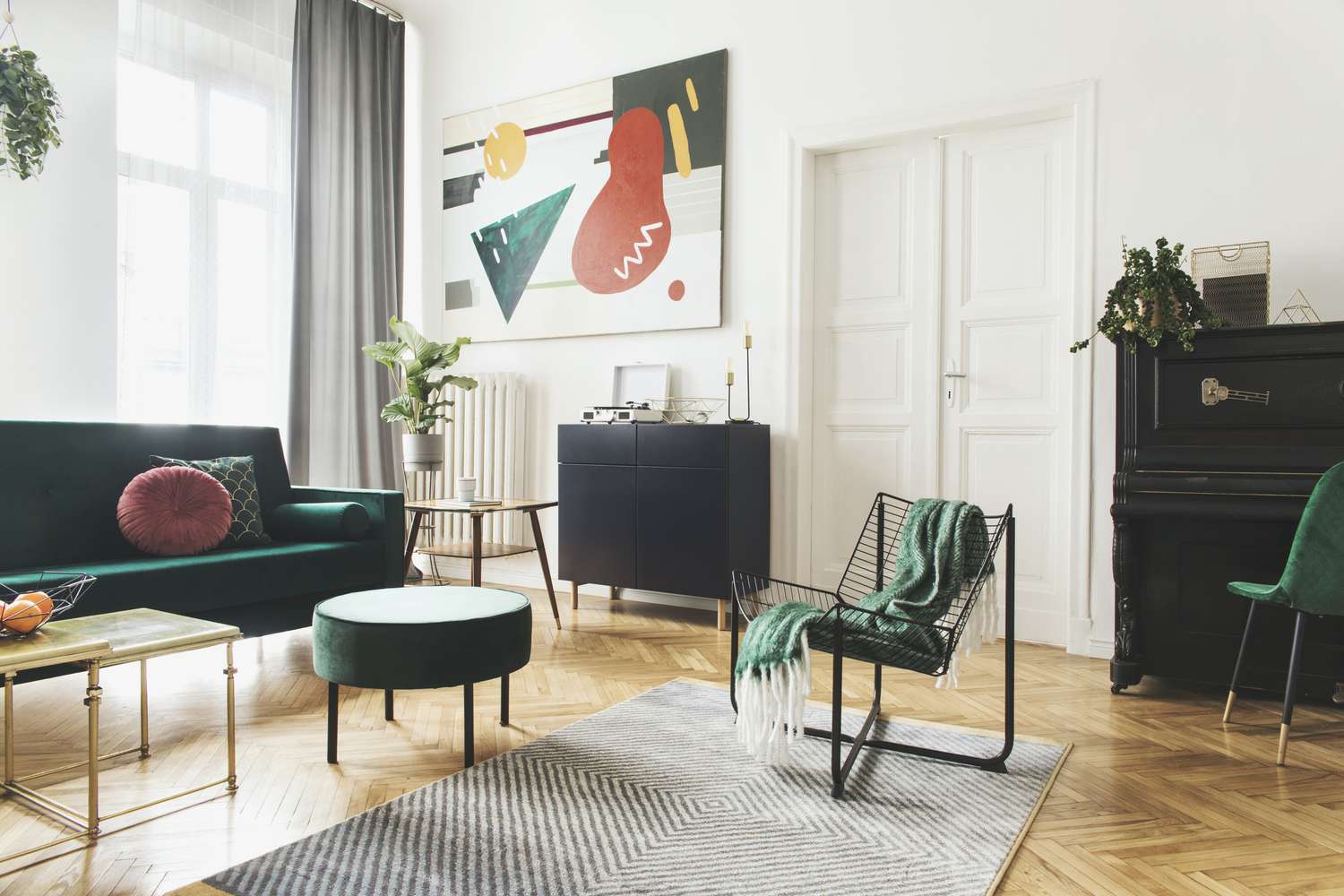
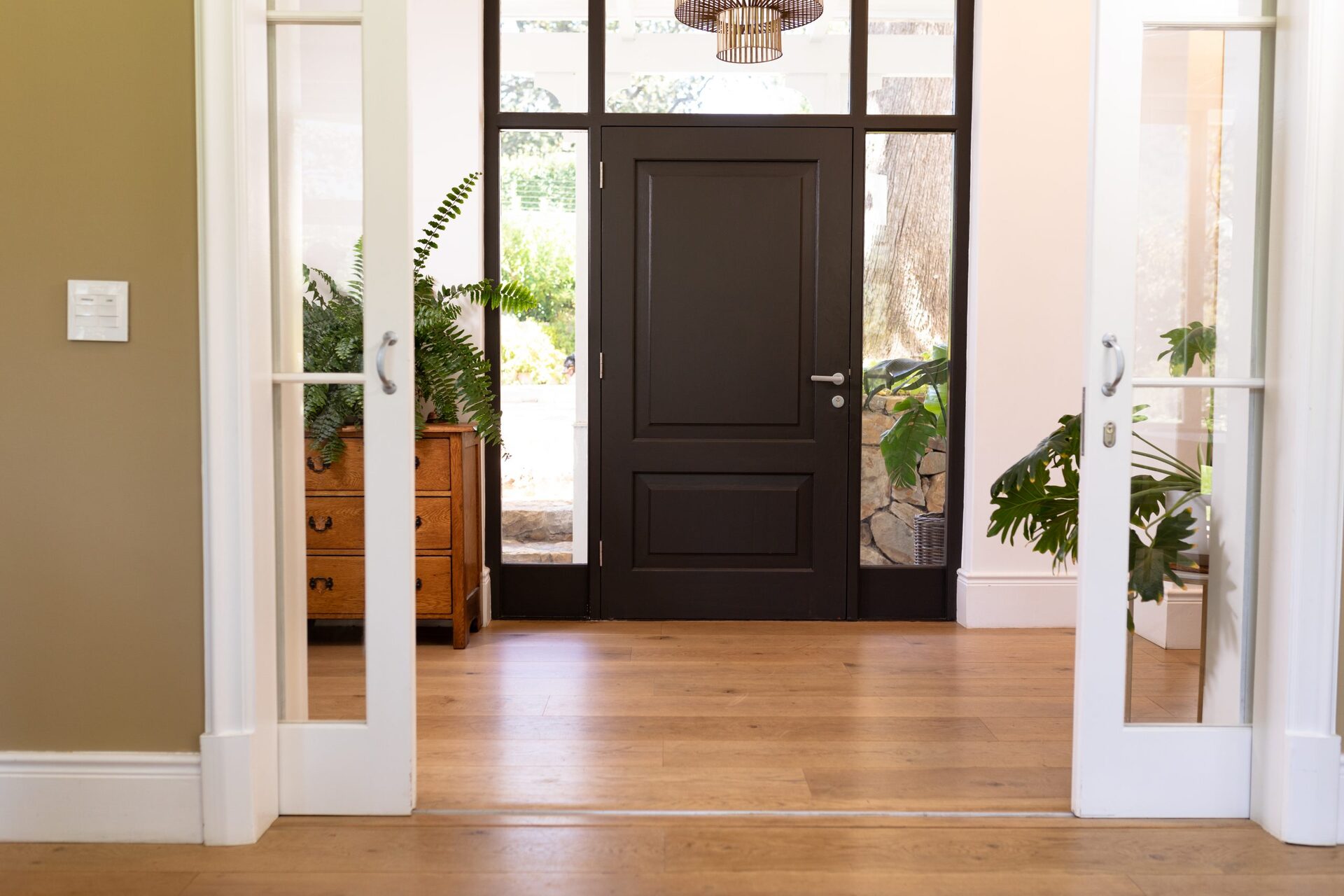
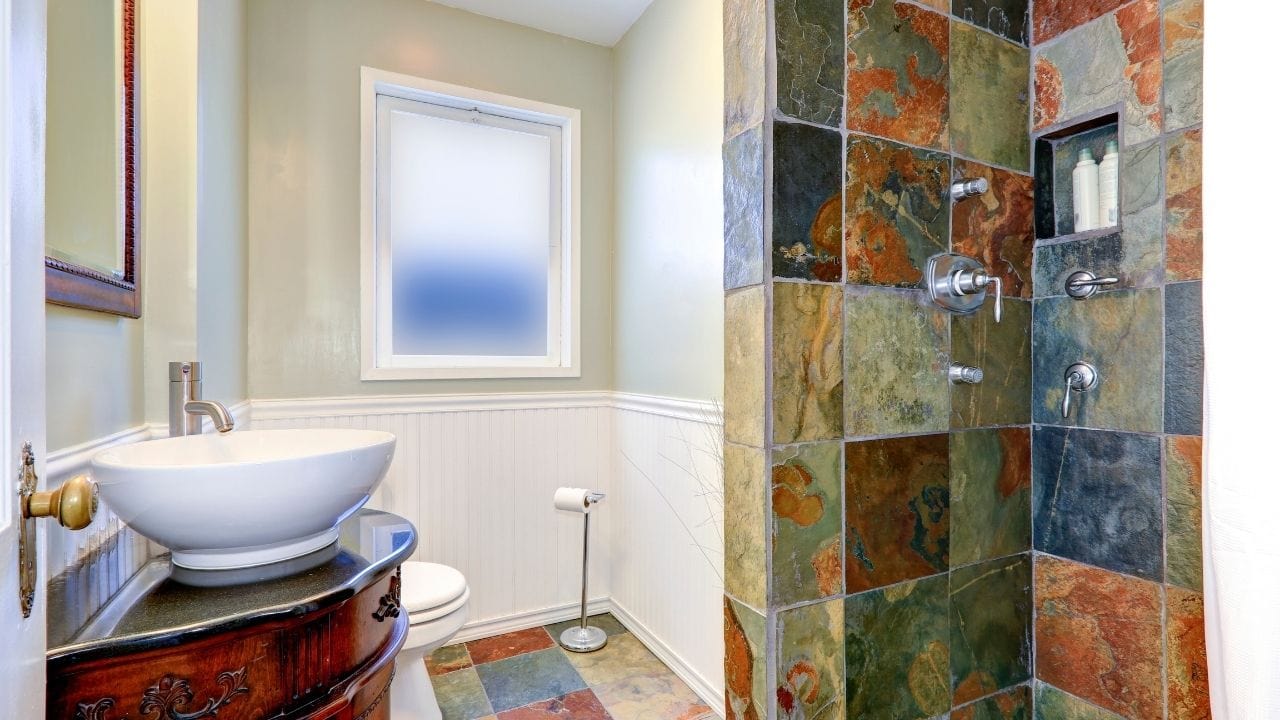
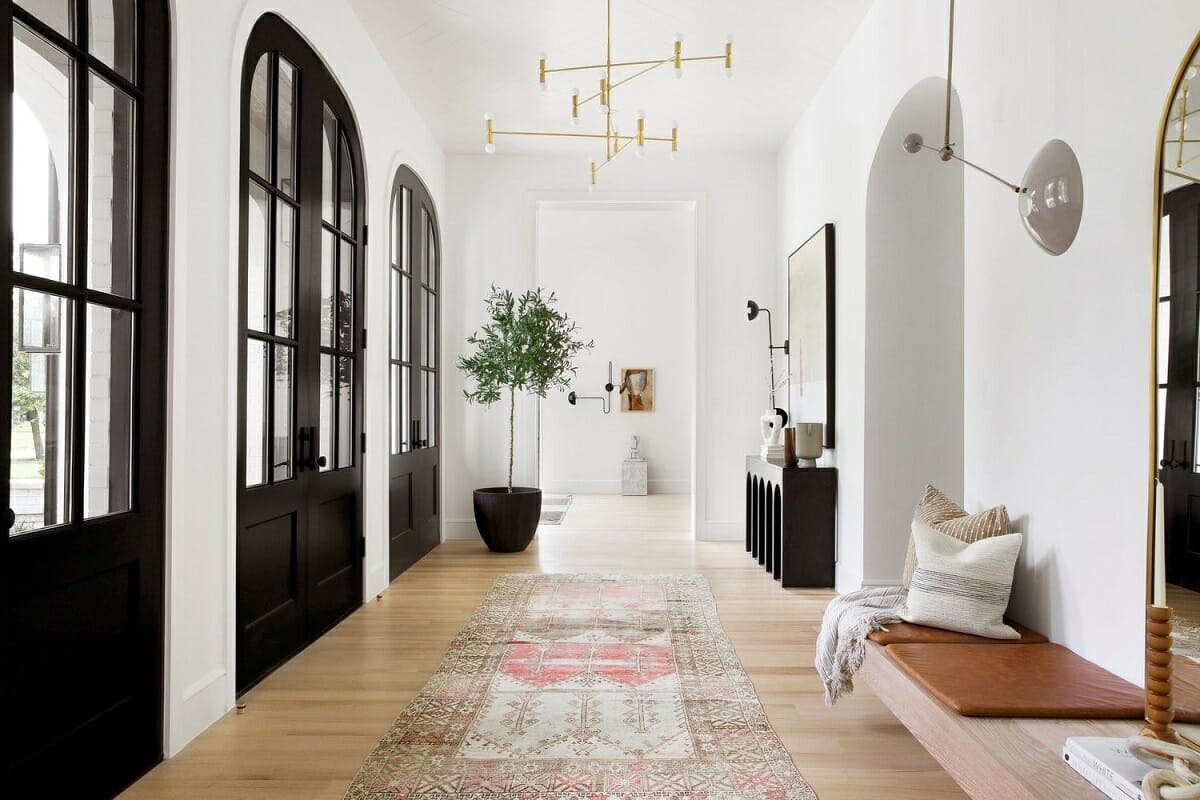

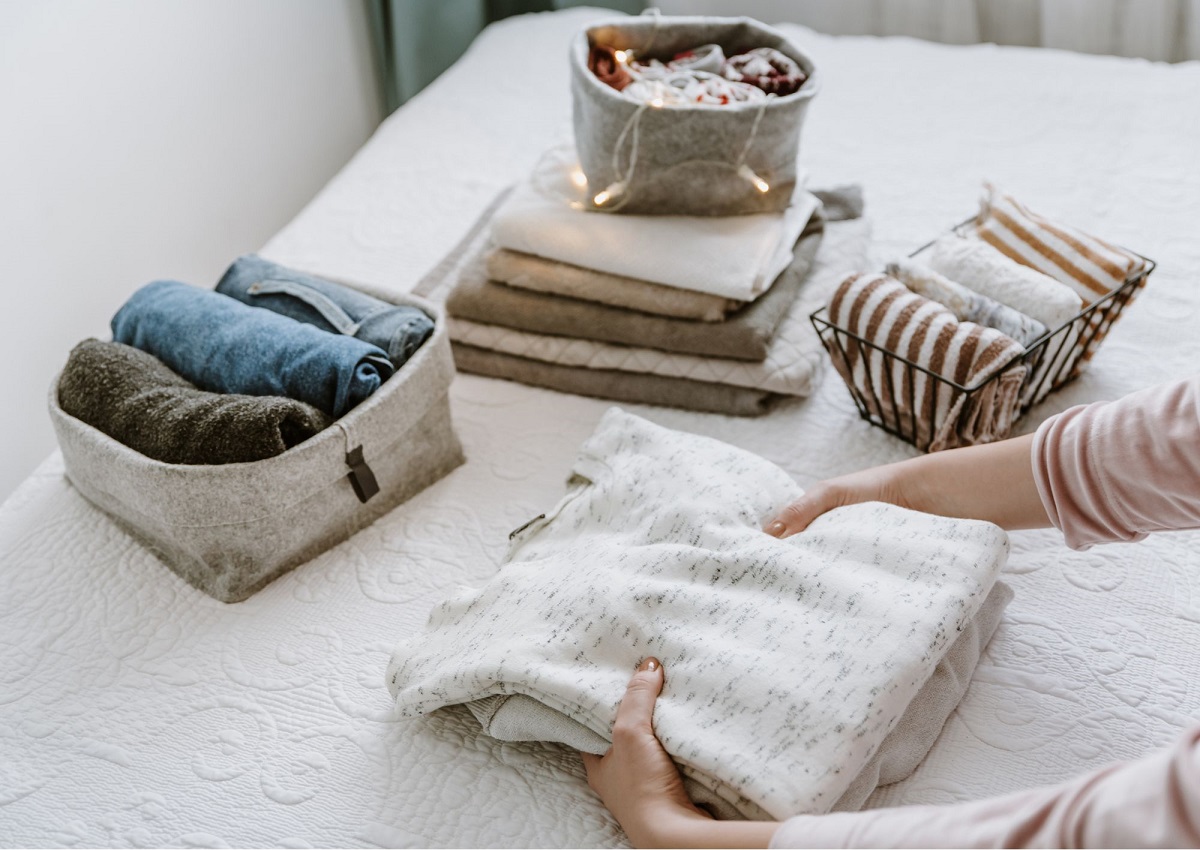
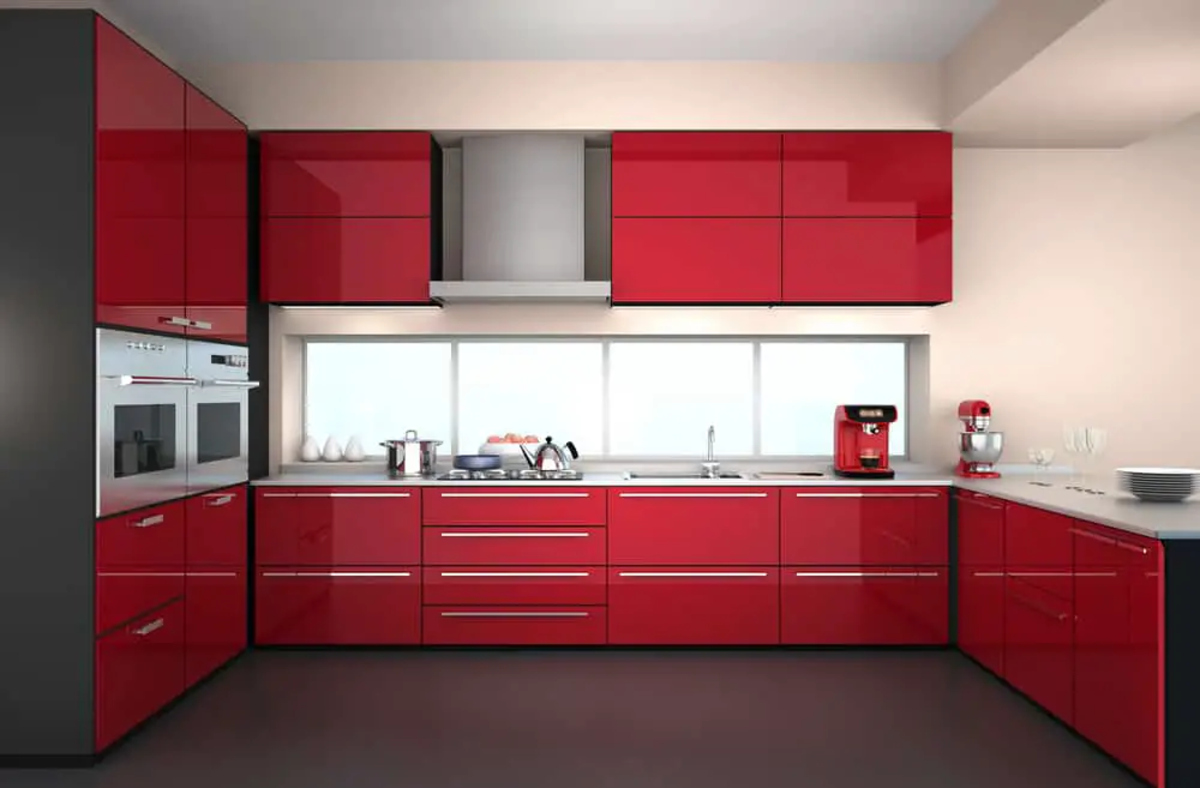

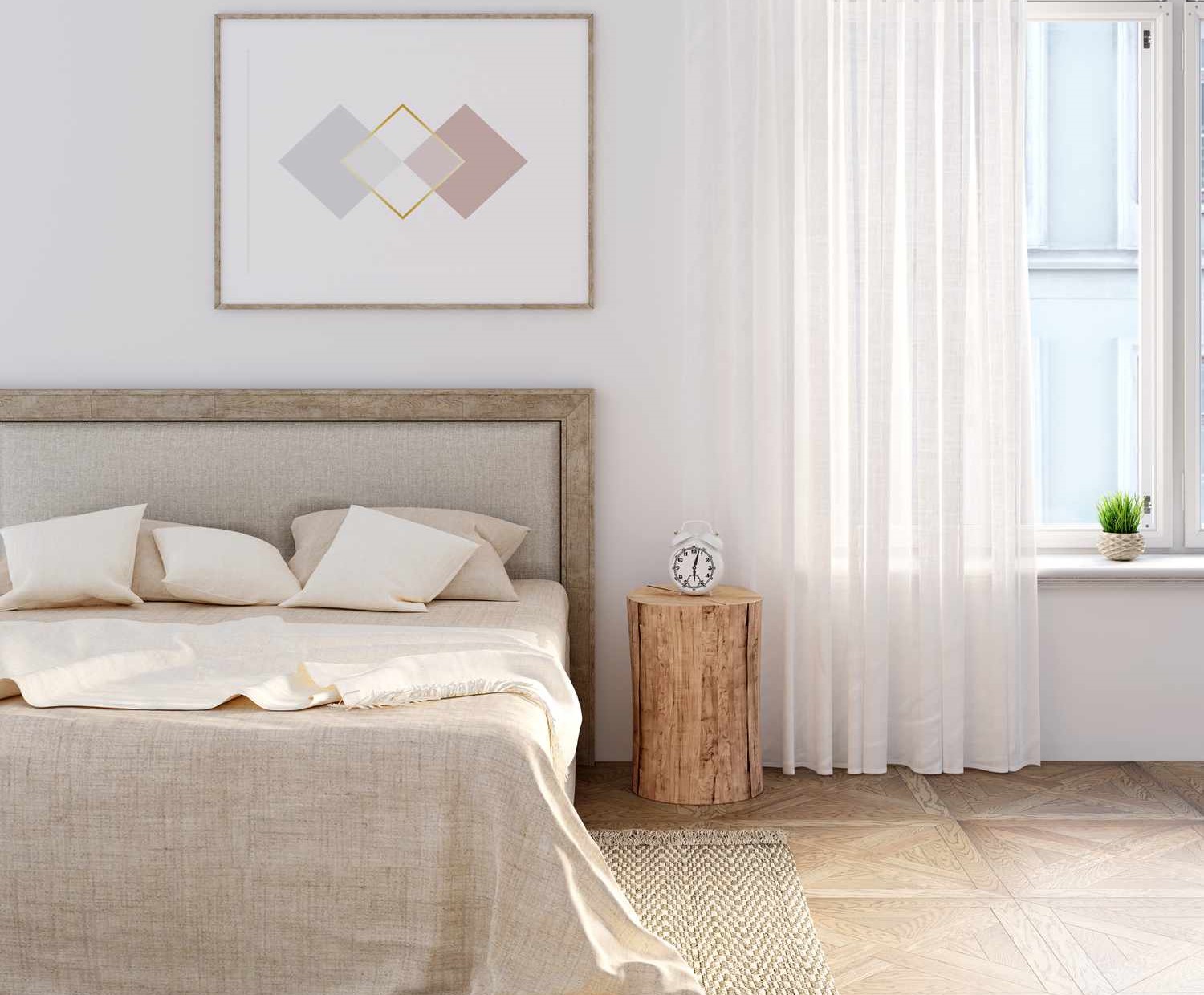
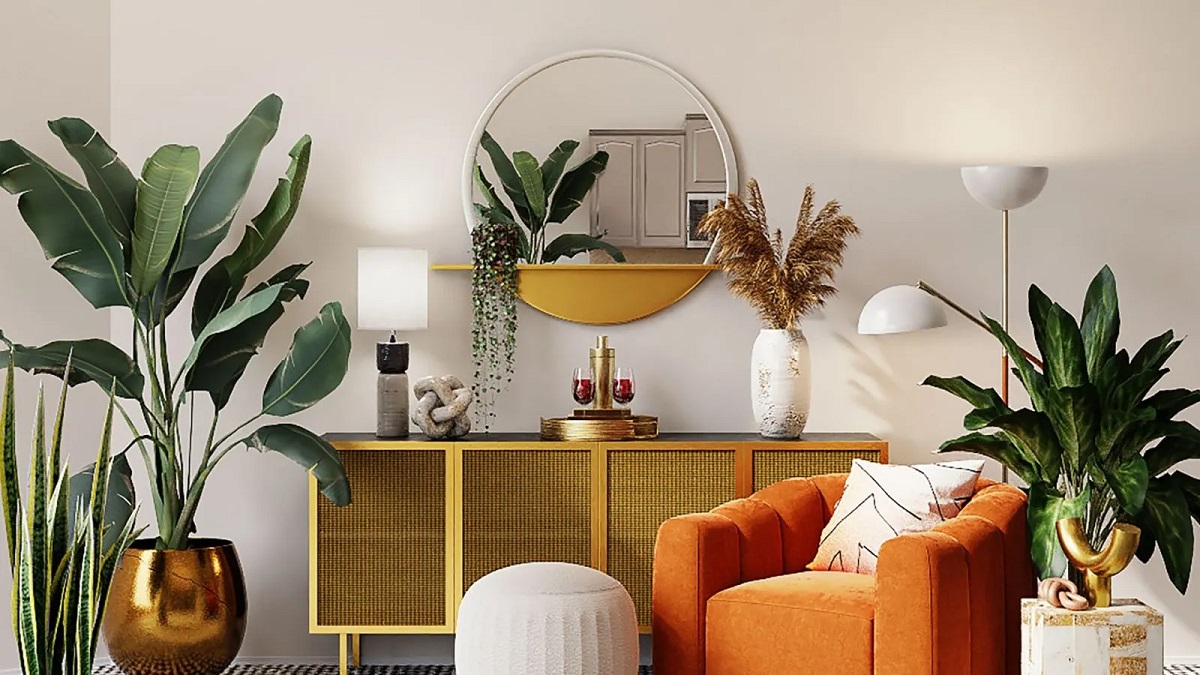
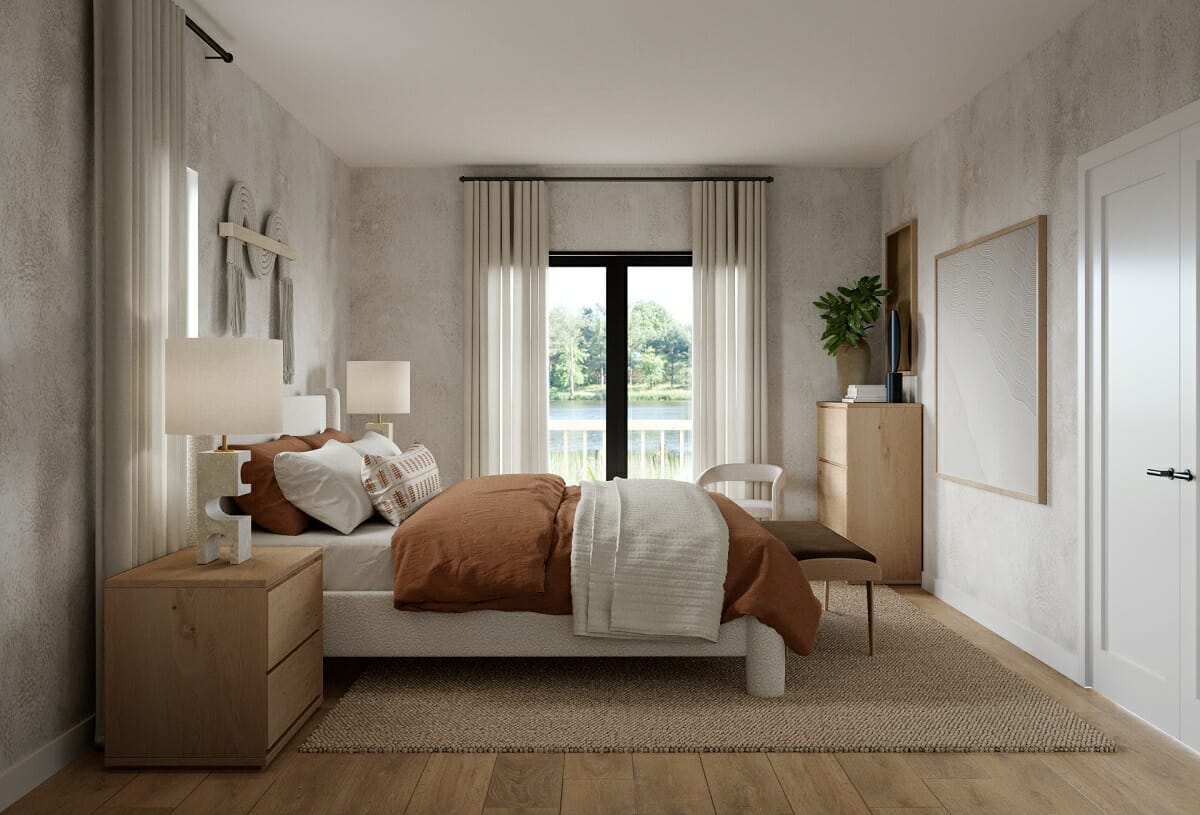



0 thoughts on “Kitchen Feng Shui: 10 Ways To Use Its Principles In Design”